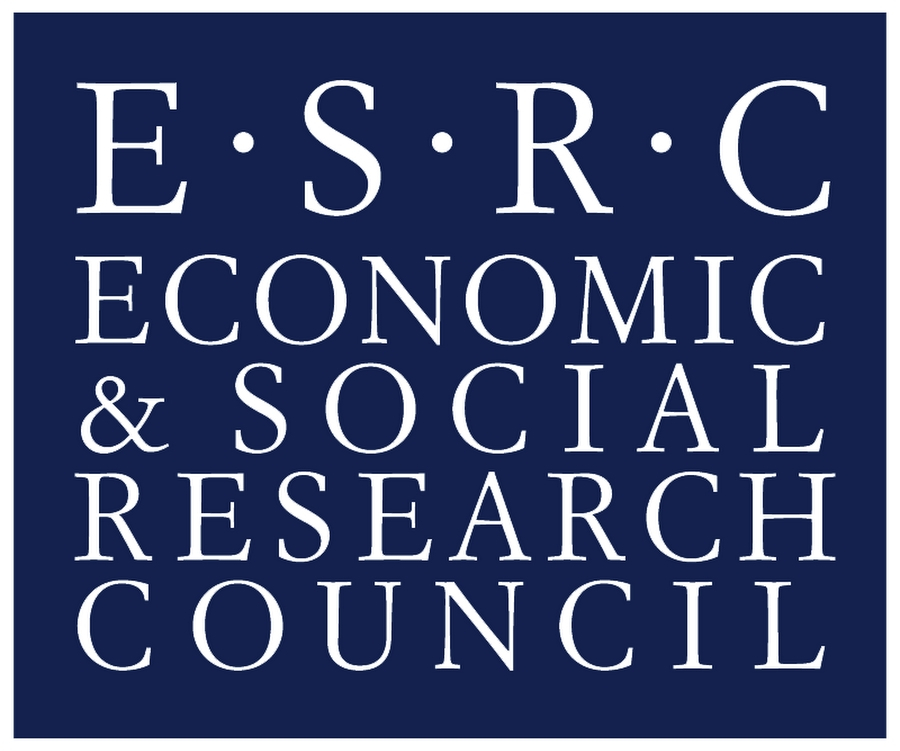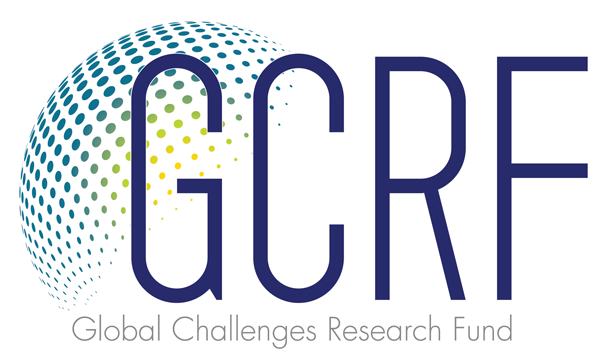
Two goals of development are economic development and inclusive growth.
The first, economic development, requires ‘structural transformation’ meaning shifts in economic activity towards higher productivity. Put simply: developing countries seek to overcome an agriculturally dominated economy and build high-value-added manufacturing and service sectors. This means blue- and white-collar work instead of subsistence farming. Europe has been going through such a process since the beginning of the Industrial Revolution in the late eighteenth century. In the developing world, China and East Asia have shown during the last decades what a fast track version of structural transformation looks like.
In the first of two new briefs we take a look at what structural transformation actually means. The brief outlines approaches to defining what we mean by structural transformation. It notes that dominant ways of defining structural transformation have generated understandings based largely on sectoral shares of GDP and employment. Yet, as the brief discusses the broader set of structures related to the sources of growth, labour productivity, and international trade are as important in garnering a deeper understanding of structural transformation.
The second goal, of inclusive growth, entails some form of broad-based growth which can be defined in various ways, typically in terms of growth that brings benefits across society and to those living in poverty in particular. In the second of the two new briefs we take a look at what inclusive growth actually means. The brief argues common approaches to defining inclusive growth have focused largely on absolute poverty lines and—sometimes—on reductions in inequality of outcomes. Instead, the brief argues a broader set of measures are important in garnering a deeper understanding of inclusive growth and its link to structural transformation.
The briefs and a new ESRC GPID working paper—the first in a series to be published on this webpage over the following months—argue that there is a tension between these two developmental goals, structural transformation and inclusive growth.
We call it the developer’s dilemma. The developer’s dilemma is a distribution tension at the heart of economic development. Specifically, the process of pursuing the first goal of economic development via structural transformation can put upward pressure on inequality. While the pursuit of the second goal, inclusive growth, is best done with steady or even falling inequality to maximise the benefits of growth across society.
The briefs and the paper argue that the developer’s dilemma raises a set of important questions for contemporary development such as how governments might manage the tension. Over the coming months we’ll be discussing those questions.
Relevant briefing papers:
| Andy Sumner | What is the ‘Developer’s Dilemma’? | 29/09/2017 | |
| Andy Sumner | What is Inclusive Growth? | 29/09/2017 | |
| Andy Sumner | What is Structural Transformation? | 29/09/2017 |
Relevant working papers:
| Andy Sumner | The Developer’s Dilemma: the Inequality Dynamics of Structural Transformation and Inclusive Growth |
29/09/2017 |

